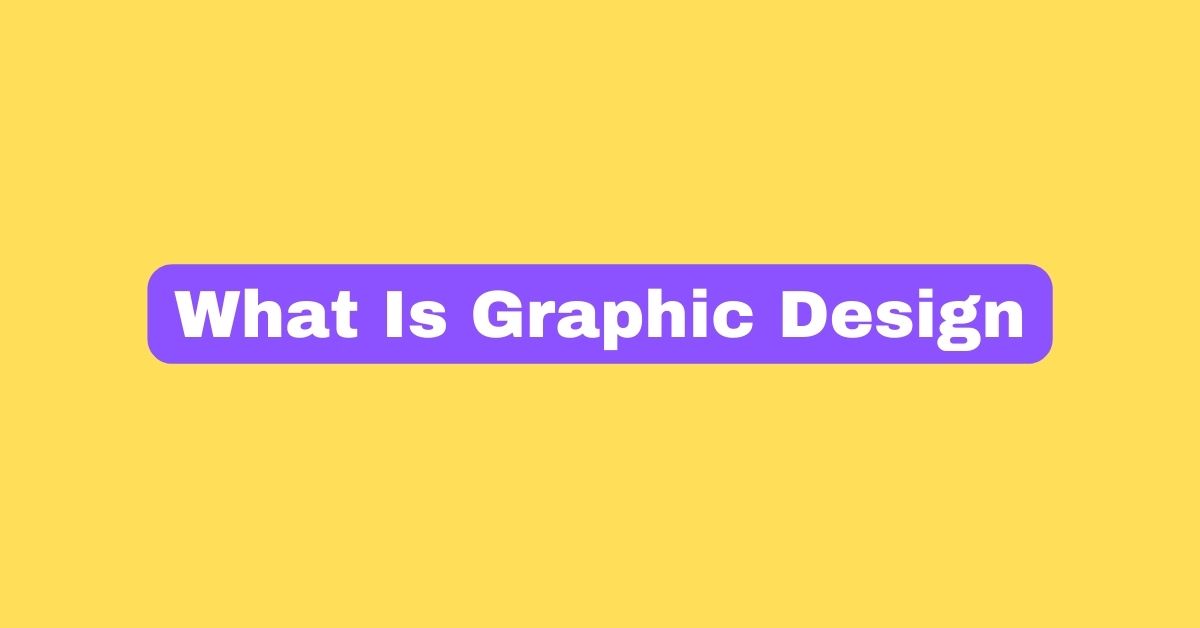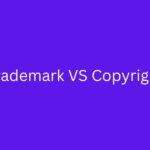|
Getting your Trinity Audio player ready... |
Graphic Design is the art of combining typography and illustration to convey information in a way the reader understands. A good graphic designer should have a thorough understanding of both fields. Graphic designers use different styles to achieve their desired results. The style they choose may be based on the message they want to get across.
Analogous vs Digital
This can be done either digitally using a computer or traditionally using tools such as pens, pencils, crayons, etc. An analog piece would require the designer to take physical materials and manipulate them. Whereas digital pieces are created entirely on the computer screen itself.
1. Typographic elements
The typographic elements are what make up the look of a piece. These elements include typeface, body text, line spacing, leading (the width between two letters), and kerning (the space between two characters).
Typefaces are fonts or combinations of characters used to create words. There are many types of fonts including serifs, sans-serifs, or script. Serifs are small lines at the end of each letter. Sans-serifs don’t have these little lines. The script refers to the combination of upper case and lower case letters.
2. Body Text
This refers to the actual content of the page. Body text is usually larger than headline text and may or not be bolded.
3. Line Spacing
There is line spacing between paragraphs. The space between lines is called leading. Leading is measured in points, pixels, or ems.
Leading is the distance between lines of copy, usually from the top of a block of copy to the bottom of the previous line. In general, leading is measured in points, where 1 point equals 12px or 1em. However, if you change the font size, then the leading changes accordingly.
Kerning refers to the space between individual letters. Kerning adjusts the amount of space between adjacent letters. Kernings are measured in points, where one point equals 12px or one em.
4. Color selection
Color selection involves choosing colors for your project. Choices can be based on mood, theme, or just personal preference. Colors can be selected using color wheels, swatches, or palettes.
Types of graphic design
1.Logo Design

Logo design is the process of creating a visual symbol or emblem that represents a brand or company. The logo is typically used on a company’s website, social media accounts, marketing materials, and products as a way to identify the brand and distinguish it from competitors.
A logo should be simple, memorable, and timeless, and it should effectively communicate the brand’s values, mission, and personality.
It is typically created by a graphic designer or a team of designers working with the company to develop a concept that captures the essence of the brand. The final logo may be presented in various formats, such as a vector file, a raster image, or a text-based design, depending on the intended use.
2.Brand Identity Design
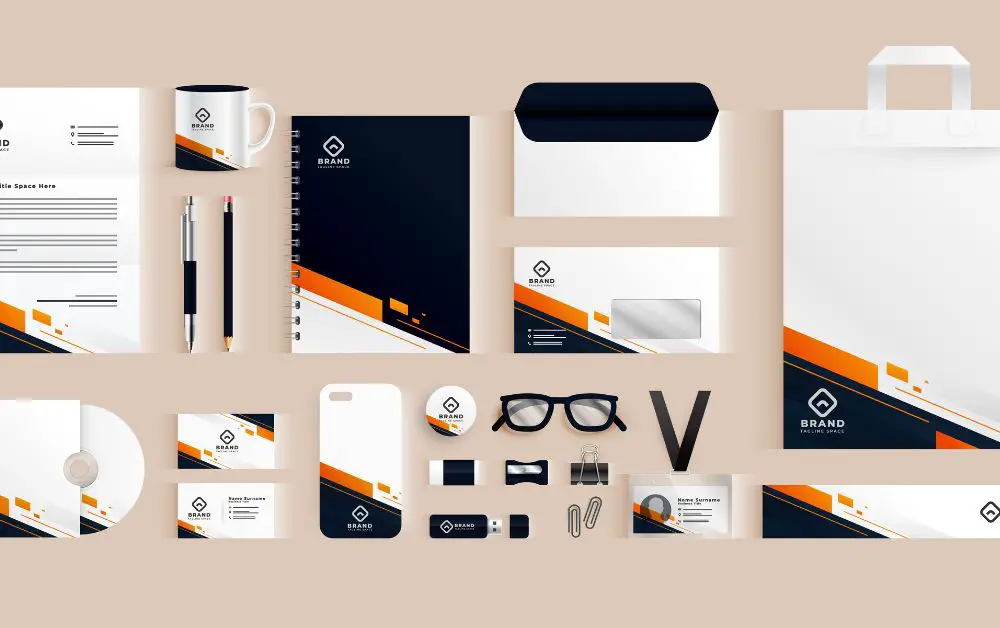
Brand identity design entails branding, marketing, advertising, and visual communication. A brand identity is the representation of a company’s personality. It encompasses everything about a company including its look, feel, and message. The goal of brand identity design is to communicate a clear impression of who the company is and what it stands for.
3.Web Design
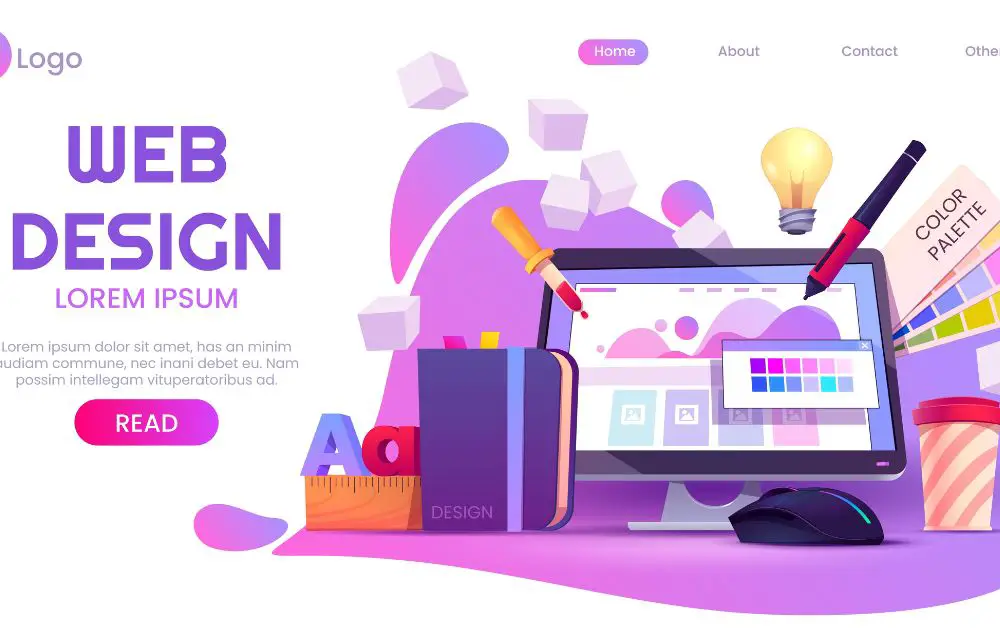
pikisuperstar on freepik
Web design refers to the total set of web pages created for a website, including navigation, content, graphics, and usability. This design is primarily concerned with aesthetics and user experience. The different parts of web design include web page design, site architecture, search engine optimization (SEO), social media integration, interactive multimedia, and eCommerce.
4.Advertisement Design
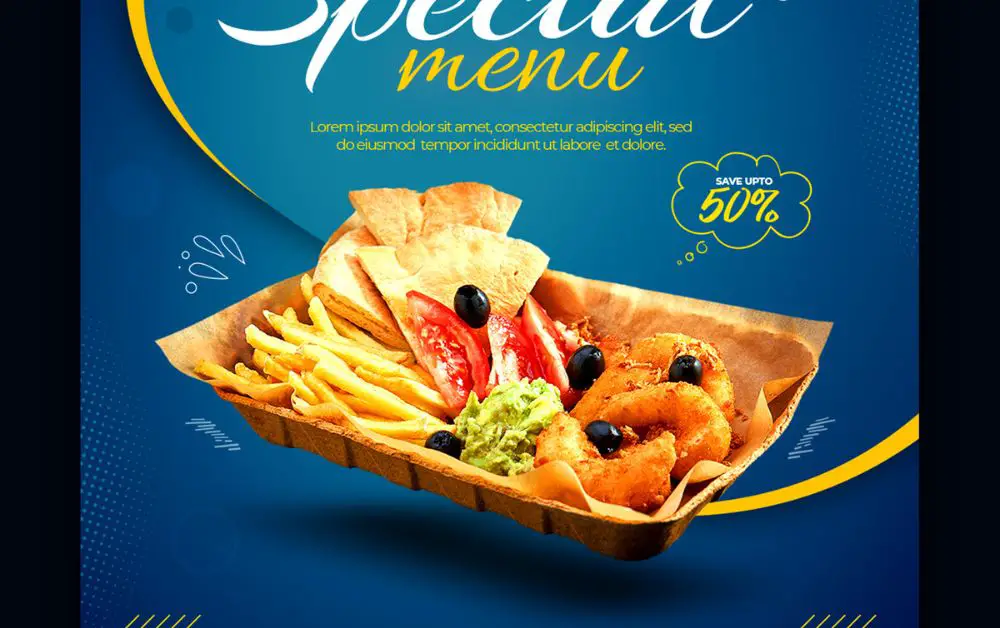
bilalpateldesigner on freepik
This is the practice of planning, producing, placing, and evaluating advertisements. Advertising designers plan ads, select ad materials, write copy, determine what format works best for each advertiser, and produce ads that match the intended audience. Advertisements are designed to target specific demographics and convince potential customers to purchase the advertised product.
5.Packaging Design

Packaging design is the art of developing packaging products and services. It is the practice of choosing the right material and style to make products desirable and recognizable to consumers. Packaging design aims to ensure the effective distribution of goods and services within the marketplace.
Jobs in graphic design
1.Graphic Designer
A graphic designer is responsible for designing logos, packaging, advertisements, brochures, websites, and any other visual communication material that conveys information. Their work includes drawing, painting, photography, type-setting, layout, color theory and composition, illustration, typography, and page layout software. Most designers also have experience with web design and digital editing.
2.Web Designer
A web designer is a professional who is responsible for designing and creating websites. They work with clients to understand their needs and goals for a website, and then use a variety of tools and techniques to create a visually appealing and functional website that meets those needs.
Web designers may use a variety of technologies and languages, such as HTML, CSS, and JavaScript, to create websites that are both visually appealing and easy to use.
They may also be responsible for creating web graphics, layouts, and user interfaces, as well as testing and debugging websites to ensure that they are functional and free of errors.
In addition to these technical skills, web designers also need strong communication and problem-solving skills, as they often work closely with clients to determine the best design solutions for their needs.
3.Illustrator
Illustrators interpret the ideas and concepts of others and translate them in a way that makes sense visually. They are involved in the creation of illustrations, cartoons, drawings, and paintings.
4.Colorist
Colorists take photographs that have been shot in black and white and add color to them. They then prepare the images to be published.
5.Layout Artist
Layout artists create a visual representation of how pages should look. Often times a layout artist designs not only the size, shape, and placement of elements but also determines where the copy goes (e.g., headline, paragraph, image).
6.Photoshop Designer
Photoshop designers are responsible for creating high-quality visuals using Adobe Photoshop. They also need to think about how those creations would translate to other formats like print, video, etc.
7.Motion Graphics Designer
Motion graphics designers specialize in creating unique animations through special effects. Many motion graphics designers are also qualified photographers and often combine these two talents.
Best websites to sell your art
1. GraphicRiver -
Graphic River is a great site to sell your art, “but there’s a lot of competition out there.” Approval is not easy for novices. This is one of the most popular websites where you can sell your quality templates. Many experienced designers are working here. This website gives 50% per sale at the initial level, “but” after some time it increases to 70%.
2. Logoground -
Logoground is a website for the sell logo. There is not to easy take approval, “But” If you work hard and learn the basics of design then you can get it! You can sell your unique or quality logo design here. Basically, this website is for quality or expert designers. If you want to upload your work here, You can upload a jpeg and eps or SVG file. Your file must be 600×400.
3. Creative Market -
Creative Market is an online marketplace for community-generated design assets. It is also a good platform for selling your art. This pays you 60% per sale.
4. TheHungryJpeg -
It is very similar to the creative market, “But” There is low competition in the creative market or graphic river. It is also a good to pay to you for your amazing templates.
5. Template Monster -
This is a also good platform for selling your items. You can generate good income by Template Monster. There are also good sales.
6. Shutterstock -
Shutterstock is an American company where you can sell designs & photographs etc.. in stock. There you can take approval easily. Use tags carefully, if you want to rank your design here.
7. eBay
There isn’t much to tell you about eBay other than it is the biggest auction site out there. There are thousands of listings of everything imaginable, from cars to clothing and even houses. And, now you can even list your art there.
6 Skills You Should Have To Become A Freelance Graphic Designer
What Are The Best Free Graphic Design Software?
Arsalan Malik is a passionate Software Engineer and the Founder of Makemychance.com. A proud CDAC-qualified developer, Arsalan specializes in full-stack web development, with expertise in technologies like Node.js, PHP, WordPress, React, and modern CSS frameworks.
He actively shares his knowledge and insights with the developer community on platforms like Dev.to and engages with professionals worldwide through LinkedIn.
Arsalan believes in building real-world projects that not only solve problems but also educate and empower users. His mission is to make technology simple, accessible, and impactful for everyone.

